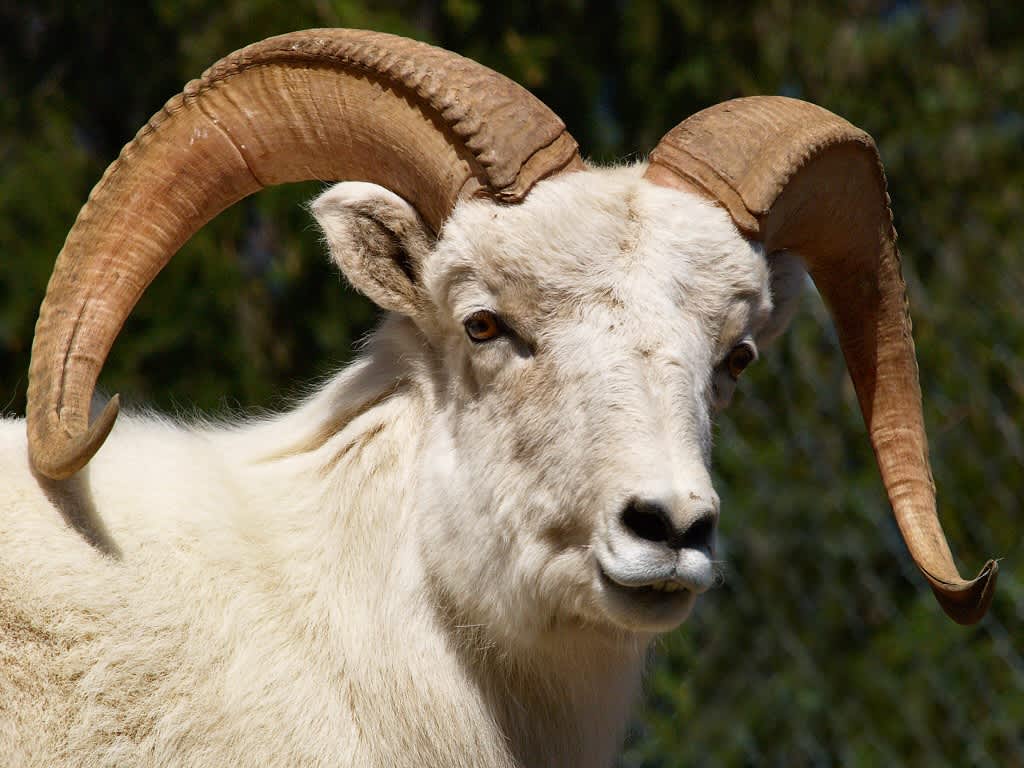Drastic Decline in Alaska Dall Sheep Closes Hunting Season
OutdoorHub Reporters 08.27.14

Officials from Alaska’s Department of Game and Fish (ADFG) have implemented an emergency order to close all sheep hunting in the western Brooks Range after a recent survey found that sheep numbers had plummeted 50 to 70 percent from 2011. The unexpected results have biologists searching for answers in what they call an unexpected crisis.
“I think they had an inkling that the numbers were down, but I don’t know if anybody expected such a drastic decline,” Chris McKee, a wildlife division supervisor for the US Fish and Wildlife Service (USFWS), told The Bristol Bay Times. “It is a crisis-type situation and the Park Service felt that any harvest could have a detrimental effect.”
Experts believe the reason for the dramatic decline is due to a series of harsh winters that drove the sheep from portions of their range and resulted in mass starvation. The sheep population now is at an extreme low, with a low number of rams and very few surviving lambs. ADFG biologists say the level of decline even exceeds the severely depleted population count recorded during 1989 through 1991, which saw a similar drop in sheep numbers.
“Other contributing factors may include predation, disease, range deterioration from when sheep numbers were higher, and large numbers of migratory caribou competing for, and impacting, sheep forage habitat at lower elevations,” the ADFG stated in a press release.
The closure was announced on August 9 and will extend until June 2015.
Dall sheep are one of only two all-white, hoofed mammals in Alaska, the other being the mountain goat. Stocky and sure-footed animals, sheep live in mountainous areas and generally prefer drier areas. Due to the steep slopes where Dall sheep live, hunting and retrieving these animals can be extremely challenging. Their winter diet usually consists of frozen grass and sedge stems wherever they can be found. Some sheep are observed to survive off lichen and moss during harsh winters. This makes the species especially vulnerable to ground-fast ice.

